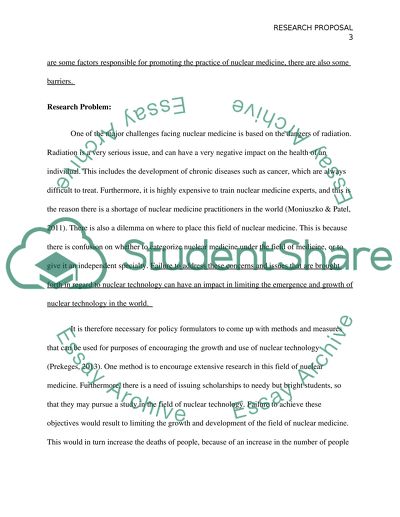Cite this document
(“The emerging role of the nuclear medicine practitioner- enablers and Research Proposal”, n.d.)
The emerging role of the nuclear medicine practitioner- enablers and Research Proposal. Retrieved from https://studentshare.org/health-sciences-medicine/1689337-the-emerging-role-of-the-nuclear-medicine-practitioner-enablers-and-barriers
The emerging role of the nuclear medicine practitioner- enablers and Research Proposal. Retrieved from https://studentshare.org/health-sciences-medicine/1689337-the-emerging-role-of-the-nuclear-medicine-practitioner-enablers-and-barriers
(The Emerging Role of the Nuclear Medicine Practitioner- Enablers and Research Proposal)
The Emerging Role of the Nuclear Medicine Practitioner- Enablers and Research Proposal. https://studentshare.org/health-sciences-medicine/1689337-the-emerging-role-of-the-nuclear-medicine-practitioner-enablers-and-barriers.
The Emerging Role of the Nuclear Medicine Practitioner- Enablers and Research Proposal. https://studentshare.org/health-sciences-medicine/1689337-the-emerging-role-of-the-nuclear-medicine-practitioner-enablers-and-barriers.
“The Emerging Role of the Nuclear Medicine Practitioner- Enablers and Research Proposal”, n.d. https://studentshare.org/health-sciences-medicine/1689337-the-emerging-role-of-the-nuclear-medicine-practitioner-enablers-and-barriers.


